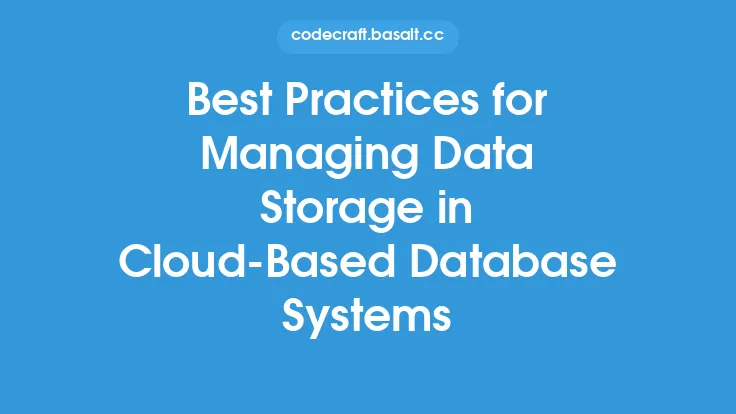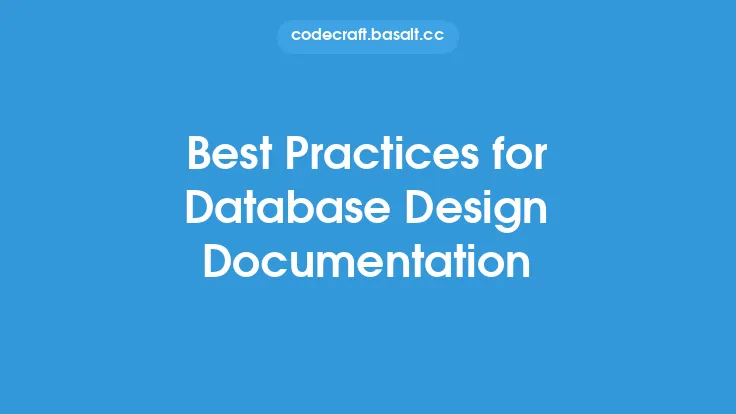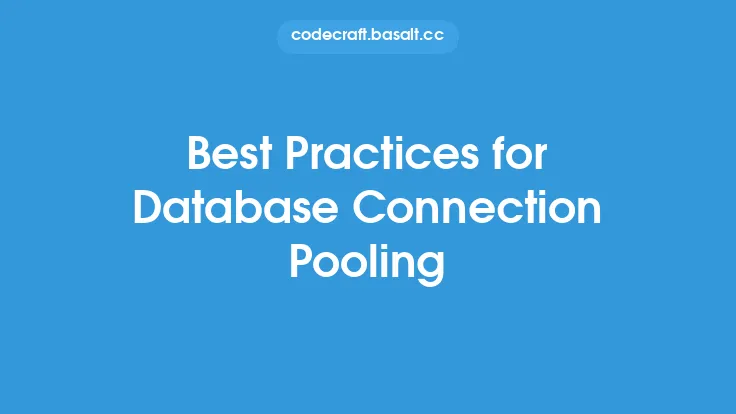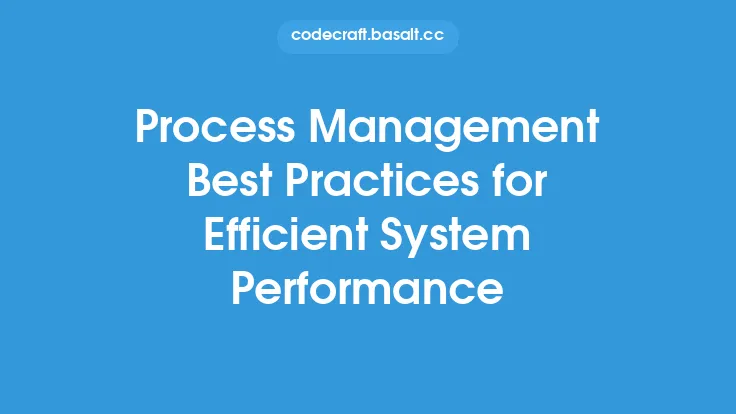When it comes to scaling relational databases, there are several best practices that can help ensure a smooth and efficient process. Relational databases are a crucial component of many applications, and as the application grows, the database must be able to scale to handle increased traffic and data storage needs. In this article, we will explore the key best practices for scaling relational databases, including database design, indexing, query optimization, and hardware upgrades.
Database Design
A well-designed database is essential for scalability. A good database design should take into account the expected growth of the application and the data it will store. This includes choosing the right data types, indexing strategies, and normalization techniques. Normalization is the process of organizing data in a database to minimize data redundancy and improve data integrity. There are several normalization techniques, including first normal form (1NF), second normal form (2NF), and third normal form (3NF). Each technique has its own strengths and weaknesses, and the choice of which one to use will depend on the specific needs of the application.
Indexing Strategies
Indexing is a critical component of relational database scalability. Indexes can greatly improve query performance by allowing the database to quickly locate specific data. There are several types of indexes, including B-tree indexes, hash indexes, and full-text indexes. B-tree indexes are the most common type of index and are used for range queries, such as finding all rows where a column is between two values. Hash indexes are used for equality queries, such as finding all rows where a column is equal to a specific value. Full-text indexes are used for text searches, such as finding all rows where a column contains a specific word or phrase.
Query Optimization
Query optimization is the process of analyzing and improving the performance of database queries. This can include rewriting queries to use more efficient syntax, adding indexes to improve query performance, and optimizing database configuration parameters. There are several tools and techniques available for query optimization, including query analyzers, index tuning wizards, and database configuration editors. Query optimization is an ongoing process that requires regular monitoring and analysis of database performance.
Hardware Upgrades
As the application grows, the database may require hardware upgrades to handle increased traffic and data storage needs. This can include adding more CPU, memory, or storage to the database server. The choice of hardware will depend on the specific needs of the application and the database. For example, if the database is experiencing high CPU usage, adding more CPU may be necessary. If the database is experiencing high disk usage, adding more storage may be necessary.
Connection Pooling
Connection pooling is a technique used to improve the performance of database applications by reusing existing database connections. This can help reduce the overhead of creating and closing database connections, which can be expensive operations. Connection pooling can be implemented using a variety of techniques, including using a connection pooling library or implementing a custom connection pooling solution.
Database Partitioning
Database partitioning is a technique used to improve the performance and scalability of relational databases by dividing large tables into smaller, more manageable pieces. This can help improve query performance by allowing the database to focus on a specific subset of data. There are several types of partitioning, including range partitioning, list partitioning, and hash partitioning. Range partitioning is used to divide data into ranges, such as dividing a table of orders by date. List partitioning is used to divide data into lists, such as dividing a table of customers by region. Hash partitioning is used to divide data into hashes, such as dividing a table of products by product ID.
Monitoring and Maintenance
Monitoring and maintenance are critical components of relational database scalability. This includes regularly monitoring database performance, analyzing logs and metrics, and performing routine maintenance tasks such as backups and index rebuilds. There are several tools and techniques available for monitoring and maintenance, including database management systems, monitoring software, and scripting languages.
Conclusion
Scaling relational databases requires a combination of good database design, indexing strategies, query optimization, hardware upgrades, connection pooling, database partitioning, and monitoring and maintenance. By following these best practices, developers and database administrators can ensure that their relational databases are able to handle increased traffic and data storage needs, and provide a smooth and efficient user experience. Whether you are building a new application or scaling an existing one, these best practices can help you achieve your goals and ensure the long-term success of your project.





